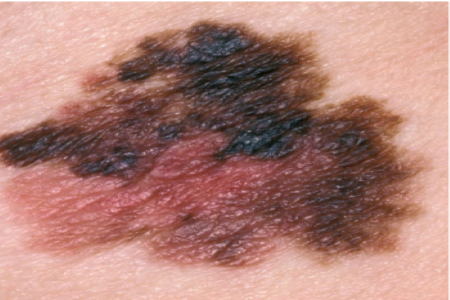Being male, advanced age, having lower and higher socioeconomic status levels, speaking a language other than English, and having a history of systemic therapy or radiotherapy may increase the risk of an emergency department (ED) visit within a year after a skin cancer diagnosis, a new study out of Australia suggests.
For the study, researchers examined adult patients presenting to the ED at the Royal Melbourne and Western Health hospitals within 12 months of a malignant skin cancer diagnosis. They analyzed factors influencing the prevalence and frequency of ED presentations.
Of 3,873 patients diagnosed with skin malignancies between 2010 and 2018, 631 were diagnosed with melanoma. The prevalence of ED presentation was 29%, representing 2,119 episodes of care.
Risk factors for a higher prevalence and frequency included: age ≥75 years, male, socioeconomic status levels of 0–30%, preferred language other than English, and experience with any systemic therapy or radiotherapy.
Age <65 years was protective, the study found. Other preferred languages and cancer treatment experience were also risk factors in the sub-cohort with melanoma, the researchers report.
“The risk factors defined in this study may help identify at-risk populations and provide an opportunity for preemptive support to minimize unnecessary ED presentations,“ the study authors write. “From an implementation perspective, efforts should be made to ensure that patients at risk of ED presentations can be identified, educated, and supported with a more individualized approach to follow-up care after cancer diagnosis and treatment. Future research is needed to continue tracking the progress of interventions on these vulnerable populations.”
The study was recently published in Oncology Advances.


